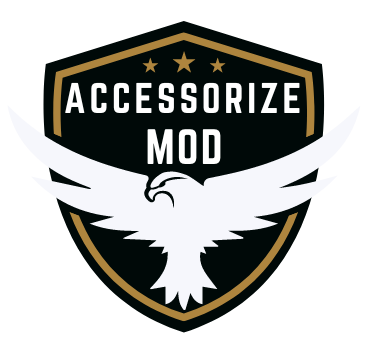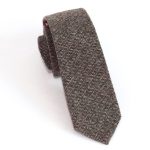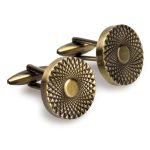Accessories have a magical ability to transform an ordinary outfit into a statement of personal style. Among these accessories, cufflinks stand out as a symbol of sophistication and refinement. These small but significant pieces of jewelry have been adorning men’s wrists for centuries, adding an elegant touch to formal attire and making a subtle statement about the wearer’s taste and attention to detail.
A Brief History
Cufflinks have a rich and fascinating history that dates back to the early 17th century. Initially, they were purely functional, designed to fasten the cuffs of shirtsleeves together. The earliest versions were simple, utilitarian objects, often little more than buttons connected by a chain or bar.
However, as fashion evolved and clothing became more elaborate, cufflinks evolved into decorative accessories. By the 19th century, they had become an essential component of a gentleman’s wardrobe, with intricate designs crafted from precious metals and adorned with gemstones.
The Anatomy of Cufflinks
Cufflinks come in various styles, but they typically consist of two parts: the decorative front, known as the “face,” and the mechanism that fastens the cuffs together. The face can be adorned with various embellishments, including gemstones, enamel, or intricate designs. The mechanism, which is hidden when the cuffs are fastened, can take the form of a swivel bar, a chain link, or a hinged closure.
Styles and Materials
Cufflinks are available in a wide range of styles to suit every taste and occasion. Classic designs feature timeless motifs such as knots, stripes, or geometric patterns, making them versatile enough to complement both formal and casual attire. For those who prefer a more personalized touch, custom-made cufflinks offer the opportunity to create unique pieces that reflect individual interests or passions.
Materials used in cufflink construction vary from traditional metals like sterling silver, gold, and platinum to more modern alternatives such as stainless steel and titanium. Gemstones such as diamonds, rubies, and sapphires can add a touch of luxury, while colorful enamel accents provide a playful pop of color.
The Art of Wearing Cufflinks
Knowing when and how to wear cufflinks is key to mastering the art of men’s fashion. Traditionally, cufflinks are reserved for formal occasions such as weddings, black-tie events, or business meetings. However, they can also add a touch of elegance to more casual ensembles when paired with the right accessories.
When wearing cufflinks, it’s essential to ensure that they complement the rest of your outfit. Coordinate the metal finish of your cufflinks with other accessories such as your watch or belt buckle for a polished look. Additionally, consider the color and pattern of your shirt and tie to create a harmonious ensemble.




